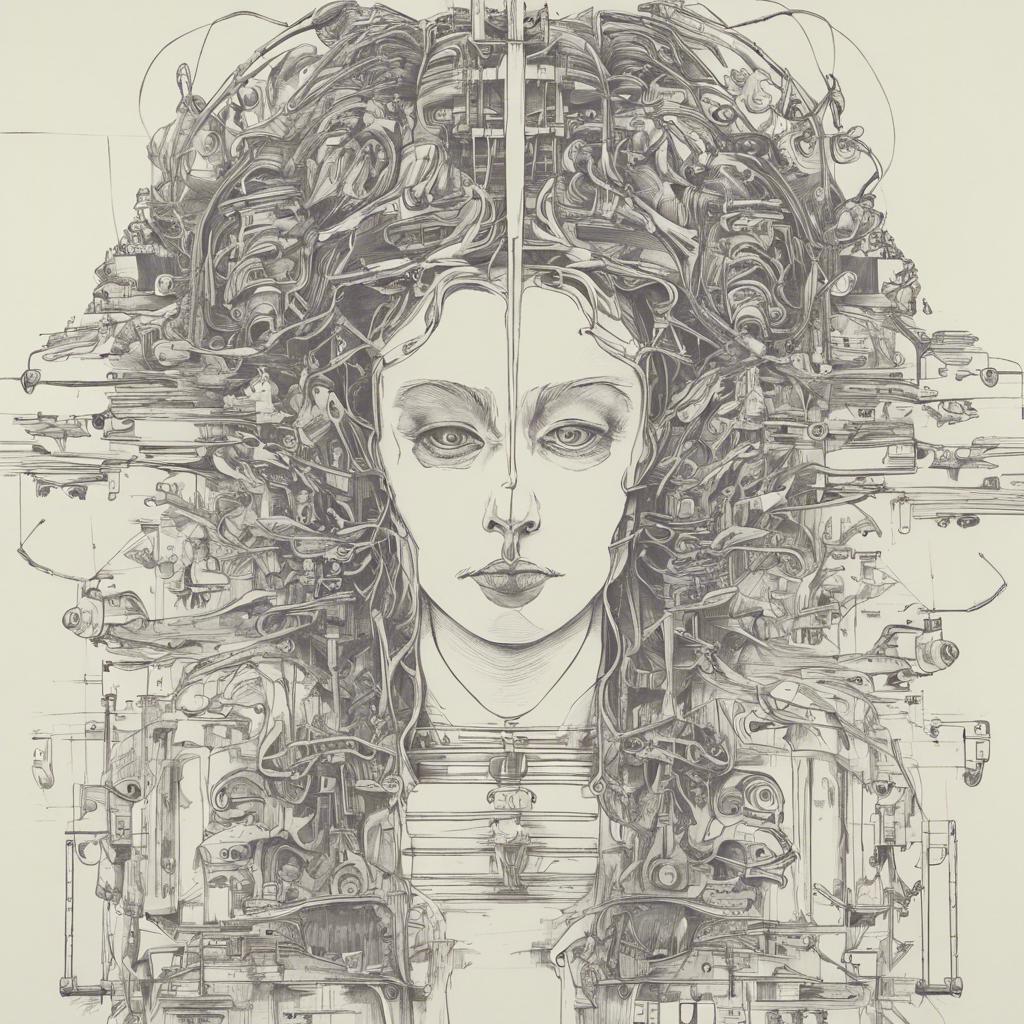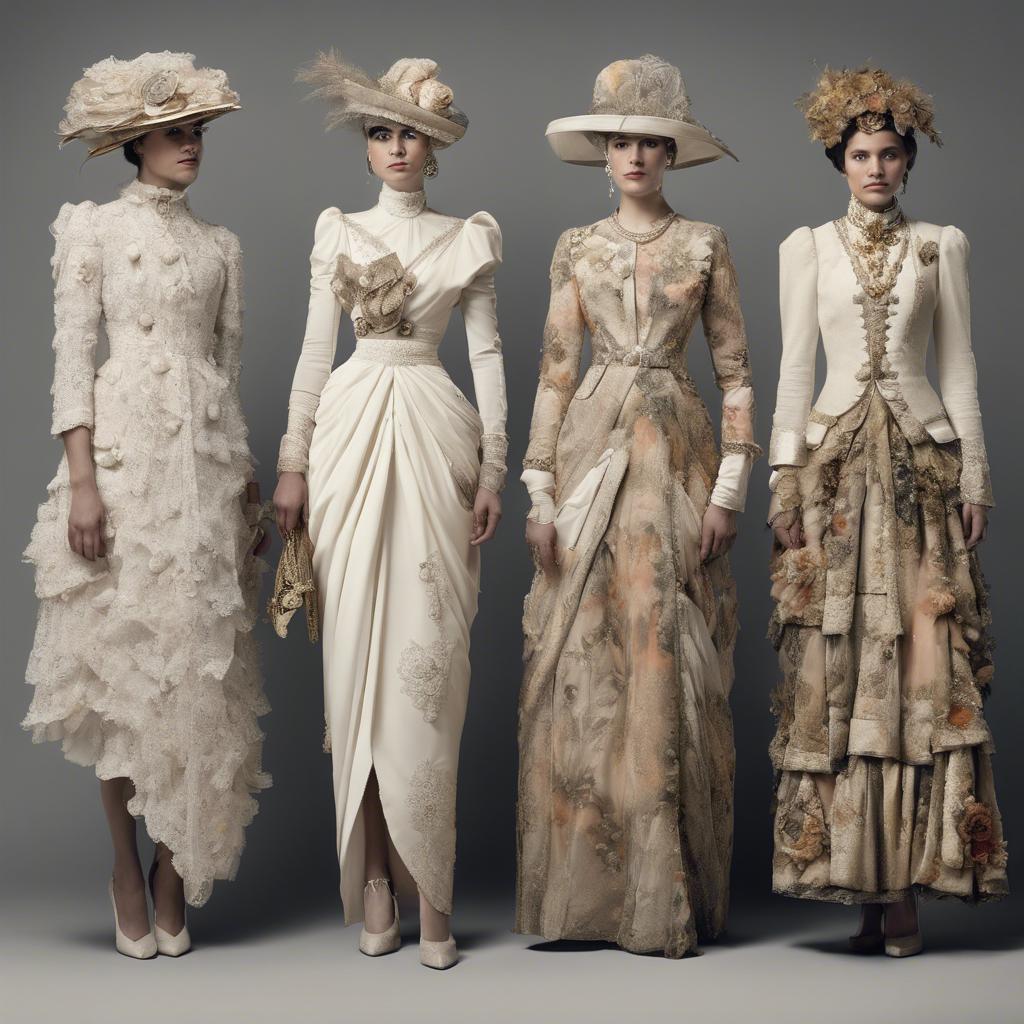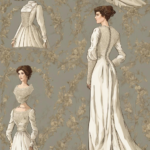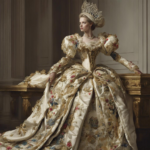During the early 19th century, the Regency era brought about a revolution in fashion that continues to captivate enthusiasts to this day. The elegant and refined clothing of this period reflects not only the societal norms and cultural ideals of the time, but also the individual style and creativity of those who wore them. In this article, we will delve into the intricate details of Regency era outfits, exploring the craftsmanship, materials, and influences that shaped this iconic period in fashion history.
Step Into the World of Cheryl Bolen
Dive into the enchanting stories of love, intrigue, and elegance set in the Regency Era. Cheryl Bolen's novels offer timeless romance and captivating tales that will leave you wanting more.
Explore Cheryl Bolen's Books Now
Headings:
During the Regency era, fashion was a key expression of one’s social status and refinement. The outfits of this period were characterized by their classical simplicity and elegance, influenced by the neoclassical style. Women’s dresses were typically high-waisted with empire silhouettes, emphasizing a slender figure. Bold colors and delicate fabrics such as muslin and silk were favored, adorned with intricate embroidery and lace details.
Men’s fashion during the Regency era was equally sophisticated, with tailored coats and waistcoats paired with breeches or trousers. The iconic tailcoat, also known as the cutaway coat, was a staple of the period, often made from fine wool or silk. Accessories such as top hats, cravats, and gloves added a finishing touch to the gentleman’s ensemble, reflecting his attention to detail and sartorial prowess.
| Women’s Outfit Essentials | Men’s Outfit Essentials |
|---|---|
| Empire silhouette dresses | Tailored coats |
| Muslin and silk fabrics | Waistcoats |
| Embroidery and lace details | Breeches or trousers |
Whether attending a lavish ball or a simple afternoon tea, dressing the part was crucial in Regency society. Both men and women paid close attention to their attire, adhering to the latest trends and etiquette guidelines. The fashion of the Regency era continues to inspire designers and fashion enthusiasts today, with its timeless elegance and romantic charm.
Introduction to Regency Era Fashion
Regency era fashion was characterized by its elegant and graceful styles, reflecting the tastes and values of the early 19th century. Women’s clothing during this period featured empire waistlines, flowing fabrics, and delicate details. Men’s fashion, on the other hand, was defined by tailored coats, high-waisted trousers, and cravats.
Women’s Regency era outfits typically included:
– Empire waist dresses: These dresses featured a high waistline just below the bust, emphasizing a woman’s natural figure.
– Sheer fabrics: Muslin, silk, and other lightweight materials were commonly used in Regency attire, creating a soft and feminine look.
– Regency spencers: These short jackets were worn over dresses to add an extra layer of warmth and style.
Men’s Regency era clothing was characterized by:
– Tailored tailcoats: Men wore long tailcoats with fitted silhouettes, often in dark colors like black, navy, or grey.
– High-waisted trousers: Pants were worn high on the waist and typically featured a snug fit through the leg.
- Cravats: Men accessorized their outfits with cravats, which were worn around the neck in a variety of intricate knots and styles.
Key Elements of Regency Era Outfits
The Regency Era, spanning from 1811 to 1820, was a time of high fashion and elegance in Britain. Regency era outfits were known for their intricate details and flattering silhouettes, with several key elements that defined the fashion of the time.
One of the most prominent features of Regency era outfits was the high waistline, which was typically positioned just below the bust. This empire waistline created a flattering and elongated look, accentuating the natural curves of the body. Women often wore thin, lightweight fabrics such as muslin or silk, which draped beautifully over the body.
Another key element of Regency era outfits was the use of delicate embellishments and accessories. Women would adorn themselves with lace collars, sheer sleeves, and intricate embroidery to add a touch of femininity and refinement to their outfits. Accessories such as gloves, bonnets, and parasols were also essential to complete the look, adding a sense of sophistication to the ensemble.
Recommended Fabrics and Colors for Authentic Regency Looks
When recreating authentic Regency looks, it’s important to choose the right fabrics and colors to achieve the desired historical accuracy. For women’s dresses, lightweight fabrics such as muslin, silk, and cotton were commonly used during the Regency era. These fabrics drape beautifully and create the elegant silhouettes characteristic of the time period.
When it comes to colors, pastel shades were popular choices for Regency-era outfits. Soft hues like pale pink, baby blue, and lavender were commonly seen in day dresses, while richer tones like deep red and emerald green were reserved for evening wear. Incorporating these colors into your wardrobe will help you achieve an authentic Regency look.
For men’s attire, fabrics like wool and linen were commonly used for coats, waistcoats, and trousers during the Regency era. Earthy tones such as navy blue, forest green, and brown were popular choices for men’s clothing, reflecting the more subdued palette of the time period. Pairing these fabrics and colors together will help you create a historically accurate Regency outfit that is sure to turn heads.
Tips for Accessorizing Regency Era Attire
When it comes to accessorizing your regency era attire, it’s important to pay attention to the details that will truly elevate your ensemble. One key tip is to choose accessories that are elegant and understated, as simplicity was often favored during this time period. Opt for delicate jewelry pieces such as pearl earrings or a dainty pendant necklace to complement your outfit.
Another essential element of regency era accessorizing is the use of gloves. A pair of long, opera-length gloves in a neutral shade can add a touch of sophistication to any outfit. Gloves were considered a must-have accessory during this time, so be sure to incorporate them into your look for an authentic regency style.
Lastly, don’t forget the importance of a stylish bonnet or headpiece to complete your regency era ensemble. A bonnet adorned with ribbons, feathers, or flowers can add a charming finishing touch to your outfit. Choose a style that complements your dress and hairstyle for a cohesive and polished look.
Wrapping Up
the Regency era was a time of elegance and sophistication reflected in the exquisite attire worn by both men and women. From the intricate designs of the gowns to the impeccable tailoring of the coats, Regency fashion continues to inspire modern designers and fashion enthusiasts alike. As we look back on this iconic period in history, let us continue to appreciate the artistry and craftsmanship of these timeless outfits. Let us strive to preserve the legacy of the Regency era, ensuring that its beauty and grace are never forgotten.


